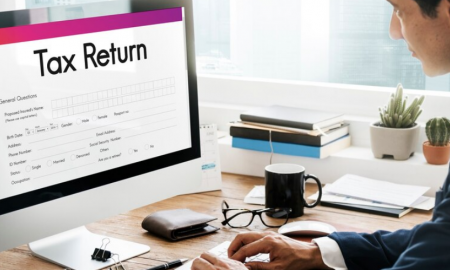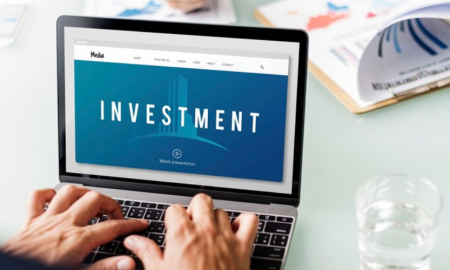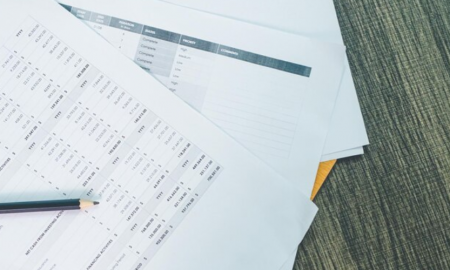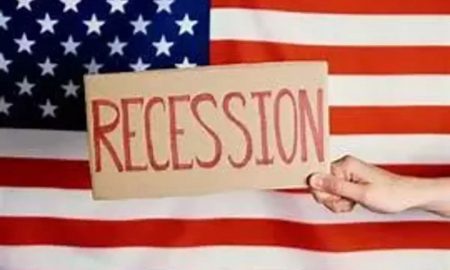
Are You a Freelancer? Here’s How You Should Plan Your Retirement

 The gig economy has been thriving across the US for several decades now. However, it is gaining popularity globally over the past few years. And the pandemic outbreak only made it possible for the whole world to go online and work as remote employees. We can’t deny that there are advantages to working from home as remote employees. However, the perks that a full-time employee enjoys even while working from home is in stark contrast with the life of a freelancer or a gig-based employee.
The gig economy has been thriving across the US for several decades now. However, it is gaining popularity globally over the past few years. And the pandemic outbreak only made it possible for the whole world to go online and work as remote employees. We can’t deny that there are advantages to working from home as remote employees. However, the perks that a full-time employee enjoys even while working from home is in stark contrast with the life of a freelancer or a gig-based employee.
One major differentiator is the way they go about retirement planning, the age at which they retire, and the retirement benefits. If you are a freelancer too and haven’t given retirement a thought yet here is an article that could be your ultimate guide to retirement plans that you could invest in to secure your future.
Remember that you are part of the 31% of the American adult population who work in a gig-based market, either full-time or as a side job. This means you are not alone, and hence, you have the support of the system and us to guide you through the process.
Individual Retirement Account (IRA)
 An individual retirement account or an IRA is a retirement plan that is ideal for freelancers, gig employees, and self-employed people. No matter where you are in the United States, there are financial institutions that provide a retirement savings plan with a tax savings advantage. If you are several decades away from your retirement, you could go for a Roth IRA, which lets you build more wealth through an accumulated investment plan.
An individual retirement account or an IRA is a retirement plan that is ideal for freelancers, gig employees, and self-employed people. No matter where you are in the United States, there are financial institutions that provide a retirement savings plan with a tax savings advantage. If you are several decades away from your retirement, you could go for a Roth IRA, which lets you build more wealth through an accumulated investment plan.
This plan is ideal for freelancers for the simple reason that you do not have to contribute huge sums of money to your retirement fund. Instead, you could contribute a little every month and save more than $6000 a year. When this adds up over the years, it gives you a massive fund to retire. Your financial advisor should be able to help you invest in such a way that you get a paycheck every month for your expenses even after you retire. Doesn’t that sound like a great and fun way to live?
Simplified Employee Pension Individual Retirement Arrangement
SEP-IRA or the Simplified Employee Pension Individual Retirement Arrangement is nothing but another type of Individual Retirement Account that is widely prevalent in the United States. This form of retirement savings plan is widely popular among small business owners and freelancers. Small business owners often use SEP-IRA to save for their retirement and that of their employees.
In this plan, every month a certain fixed amount of contributions is made into an IRA, which is set up individually for all the participants of the SEP-IRA. Anyone over the age of 21 years with around three to five years of work experience and having an income of over $600 during the financial year can sign up for this plan. The SEP-IRA has a tax-deferred growth, and you can let your money grow without having to pay taxes until you withdraw the money. And if you were to withdraw it before you turn 59 and a half years old, you will invite a penalty of 10% from the IRS, besides an income tax deduction.
Solo 401 (K)
 Well, the Solo-401(K) is very similar to the 401(K) plan that you are familiar with. In a regular 401(K) plan, you, as an employee, contribute a certain fixed amount of money every month to the plan, and your employee matches it. However, in Solo-401(K), as the name suggests, there is only one contributor, i.e., you. This is what makes it ideal for freelancers and self-employed people as they can save a significant amount of money by investing in a plan customized for them.
Well, the Solo-401(K) is very similar to the 401(K) plan that you are familiar with. In a regular 401(K) plan, you, as an employee, contribute a certain fixed amount of money every month to the plan, and your employee matches it. However, in Solo-401(K), as the name suggests, there is only one contributor, i.e., you. This is what makes it ideal for freelancers and self-employed people as they can save a significant amount of money by investing in a plan customized for them.
However, if you are working on freelance gigs apart from your job, a Solo-401(K) might not be ideal, more so if your full-time job offers you 401(K) cover. This is because moonlighters might be willing to contribute to two individual retirement plans, but the government makes it possible for a person to contribute only $19,000 as employee contributions and not more than $25000 as employee contributions, even if you combine both plans. The last thing you want is to push all your hard-earned money down the drain. So, read the fine print, check with your financial advisor, and pick this plan only if it is ideal for you.
Freelancers or gig employees need a retirement too. So, if you are a freelancer, we hope these retirement plans will provide you with the guidance you need to invest in a safe and secure future for yourself.
More in Business & Finance
-
`
Curious About Travis Kelce’s Net Worth? Here’s the Scoop!
Travis Kelce’s name echoes through NFL stadiums, synonymous with athletic prowess and electrifying plays. But beyond his touchdown celebrations and record-breaking...
June 10, 2024 -
`
Everything You Need to Know About an Assumable Mortgage
What is an Assumable Mortgage? Whether you are a buyer or a seller, understanding the concept of assumable mortgages can open...
June 6, 2024 -
`
Layoff vs. Fired – Understanding the Crucial Differences
When it comes to job loss, understanding the distinction between being layoff vs. fired is crucial. While both situations result in...
May 30, 2024 -
`
When Are Business Taxes Due 2024? Essential Dates and Deadlines
Tax deadlines can be daunting, but fear not! Let’s break down everything you need to know to stay on top of...
May 22, 2024 -
`
How Much Does Jeff Bezos Make Per Hour? It’s More Than You Think!
Jeff Bezos, a name synonymous with innovation and wealth, stands as one of the world’s richest individuals. While Bernard Arnault and...
May 16, 2024 -
`
What is Portfolio Investment Entity (PIE) and How Can it Benefit You?
In the intricate world of finance, individuals seek avenues to optimize their investments while minimizing risks. One such avenue gaining traction...
May 9, 2024 -
`
What is a Bank Statement? Understanding its Definitions, Benefits, and Prerequisites
Ever wondered where your money goes? A bank statement is like a financial report card, giving you a clear picture of...
April 30, 2024 -
`
Branded Content: A Genuine Way to Connect With Your Audience
Have you ever binge-watched a series on Netflix, only to later realize that the beverage everyone’s sipping on is that brand...
April 23, 2024 -
`
What Car Does Jeff Bezos Drive? Find Out Inside His Exclusive $20 Million Collection
Have you ever wondered what car does Jeff Bezos drive? This man’s tastes in vehicles are as expansive as his business...
April 17, 2024















You must be logged in to post a comment Login